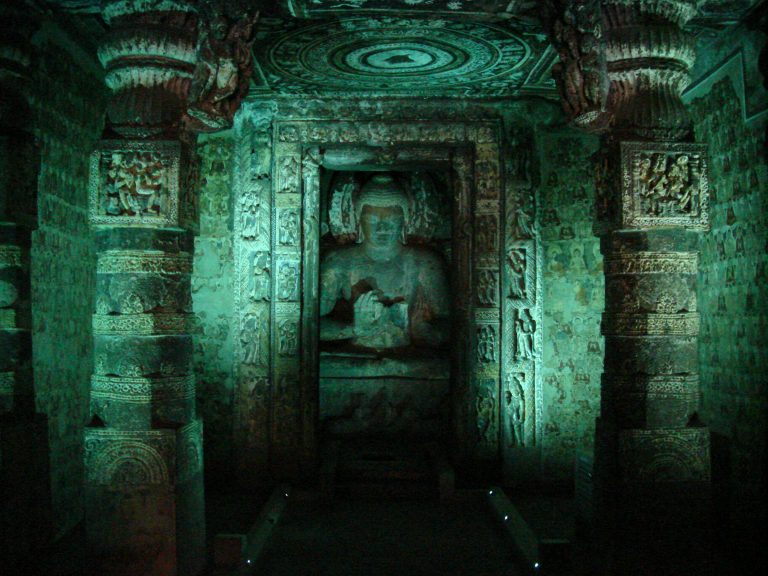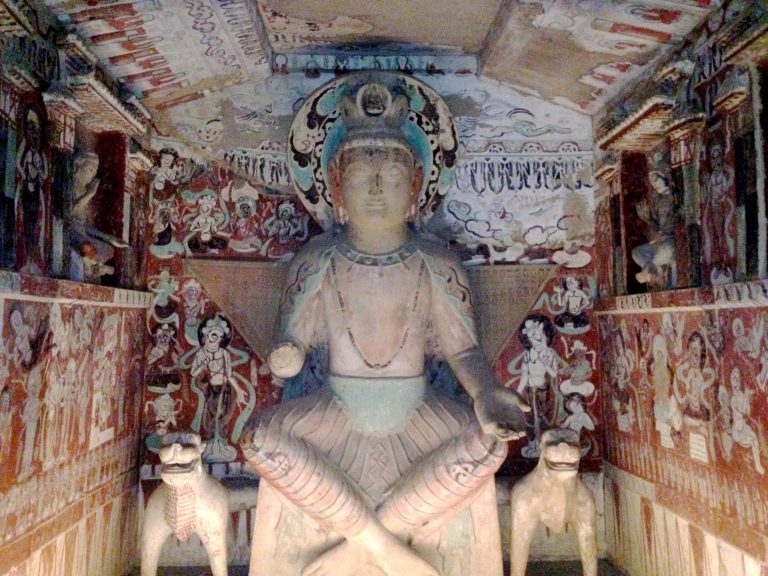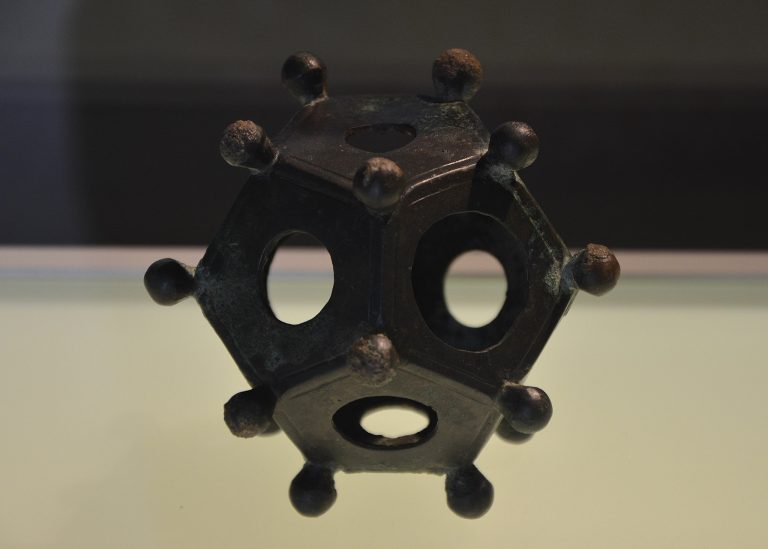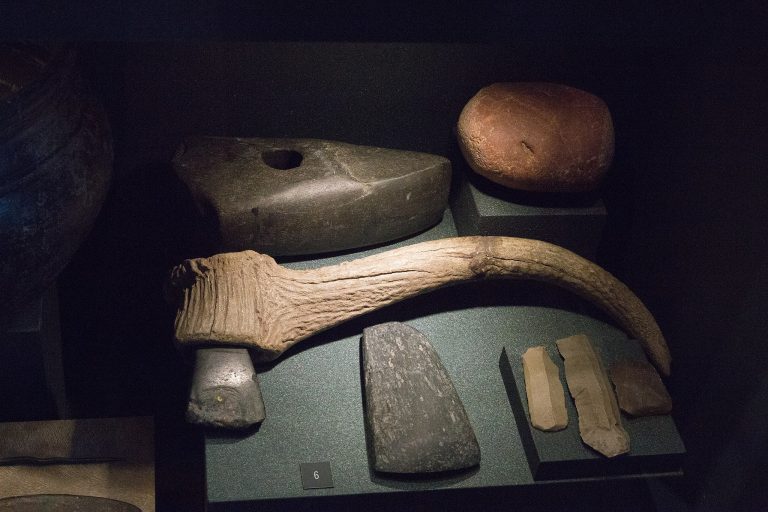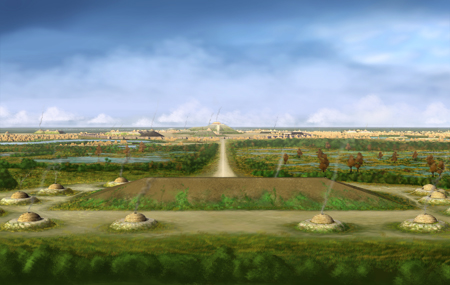Deep within an isolated part of India, there lies a collection of 30 caves that, for centuries, was an integral part of sacred tradition. Far from an adventure movie’s deadly cave, the Ajanta caves offer a window into ancient Buddhist traditions, safeguarded within an architectural complex of wonderful craftsmanship.
Now a UNESCO World Heritage Site, the caves invite people of the present era to venture into a time long lost to the centuries, offering a look into the secret and sacred past of those long gone.
Sacred chambers of religion and art
Hidden amidst a lush wilderness, the 30 caves of Ajanta are located in Northwest India, close to the small town of Ajanta, about 200 miles from Mumbai. They line the cliff wall of the small river Waghur in a “horseshoe row.”
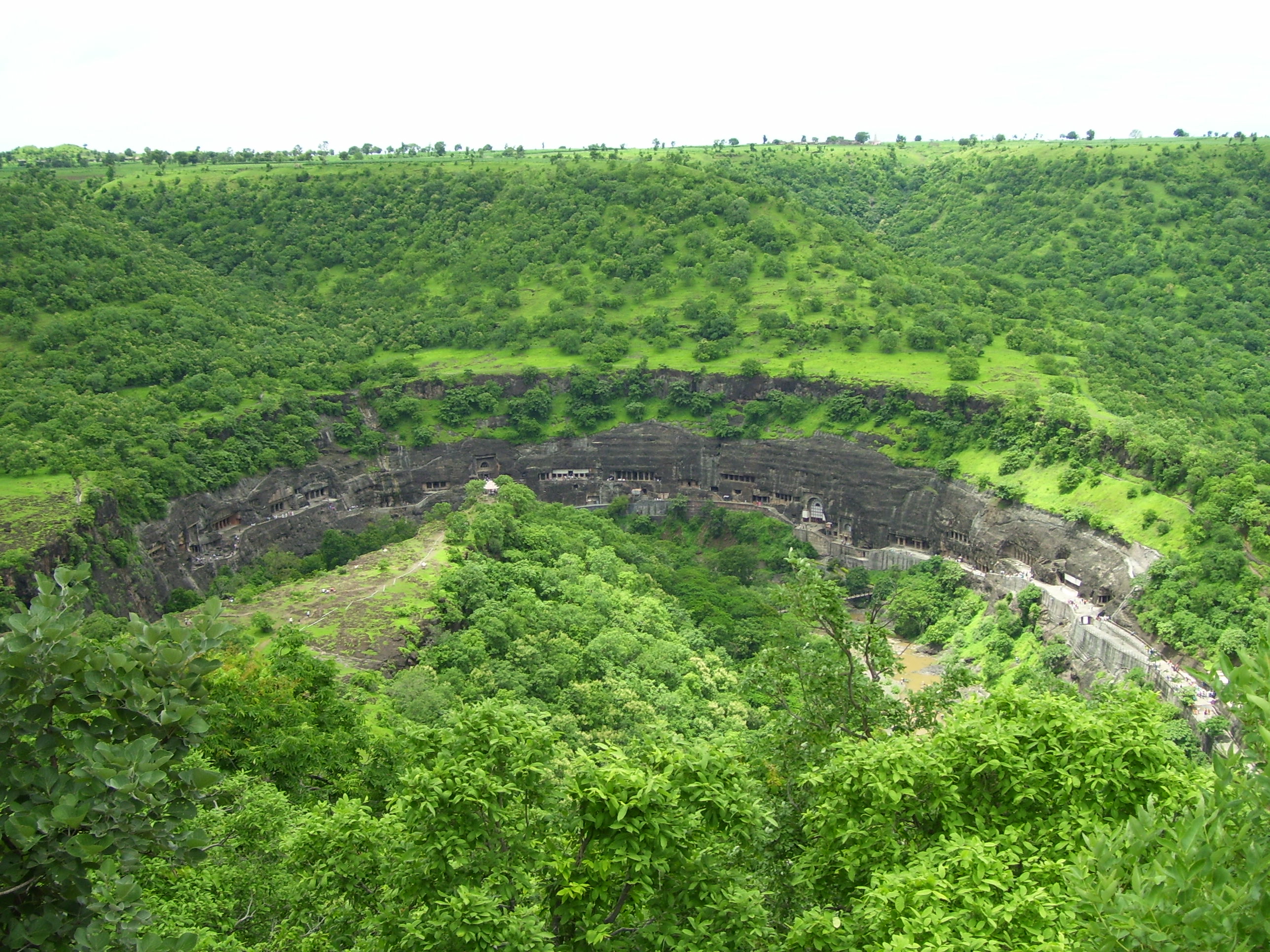
These man-made caves were individually excavated to become temple halls and Buddhist monasteries. Altogether, they house an amazing collection of historical relics which outlived multiple dynasties in India’s history.
Within each cave, there is a combination of astounding architecture and brilliant artwork from the ancient past. The cave ceilings were supported by pillars, walls and columns, all carved with elaborate detail.
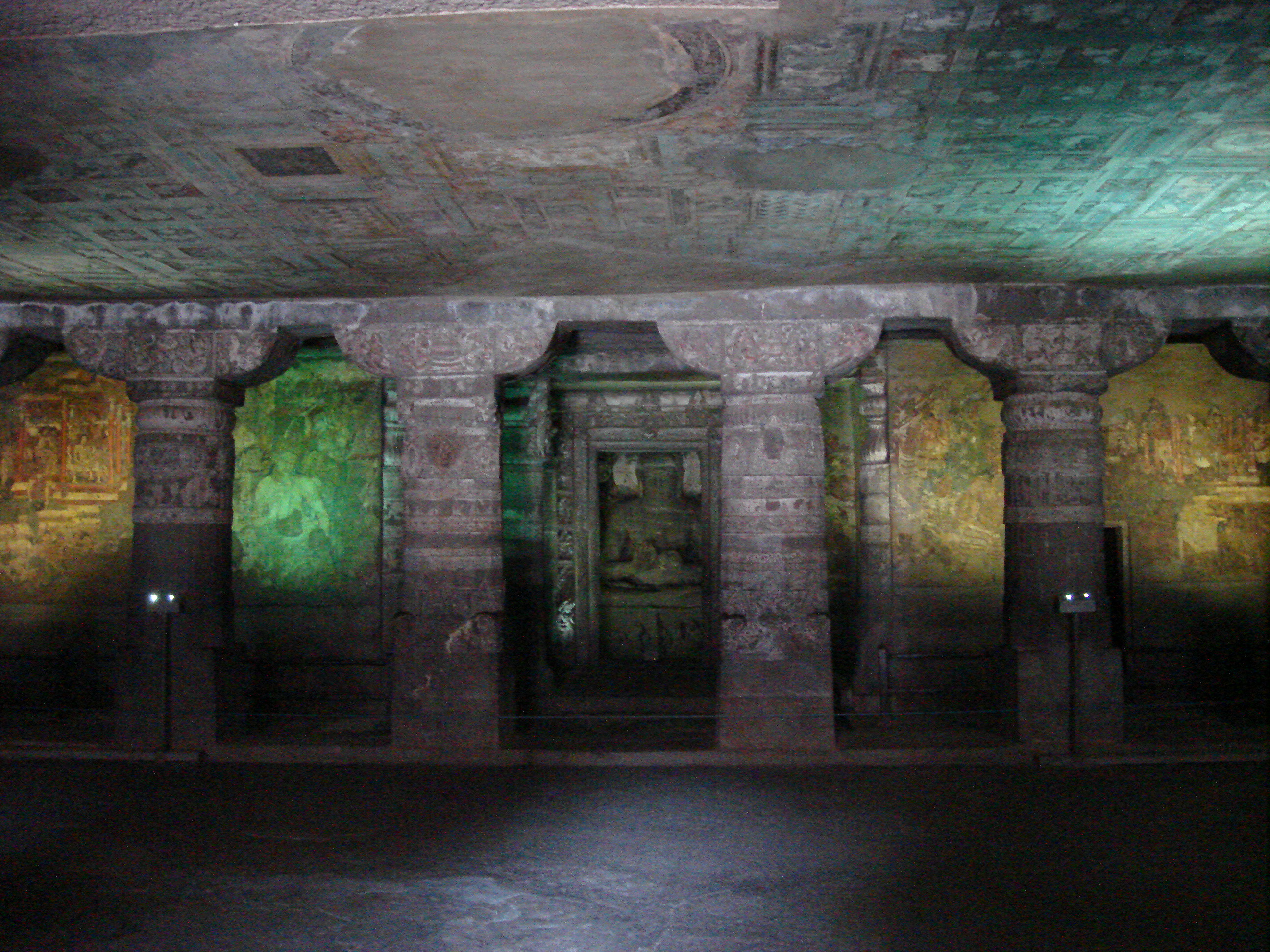
Success
You are now signed up for our newsletter
Success
Check your email to complete sign up
In these devotional halls, paintings and sculptures of Buddhist iconography filled the monasteries, culminating in the largest known collection of artwork in the country’s history.
Sculptures were carved to resemble Buddhist figures and other deities – some were embossed into wall patterns while others stood or lay down, seemingly untouched by human hands for centuries.
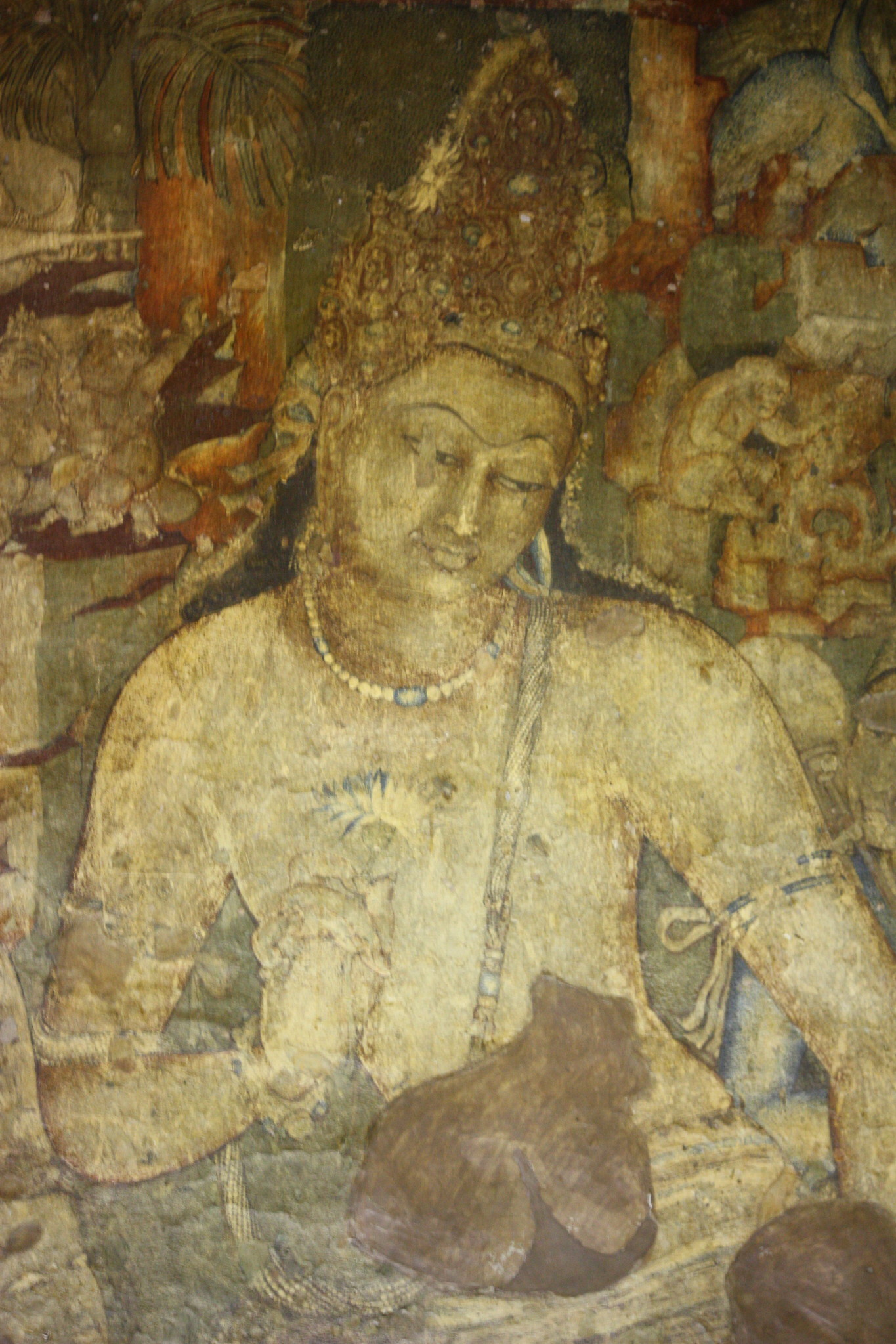
Paintings and murals—rich with artistic, religious and socio-cultural meaning—line the walls and ceilings of the caves, adding variety and color to an otherwise dark setting. With both incredible artistry and craftsmanship that immortalize the Buddha, the Ajanta caves are a marvelous sight to behold.
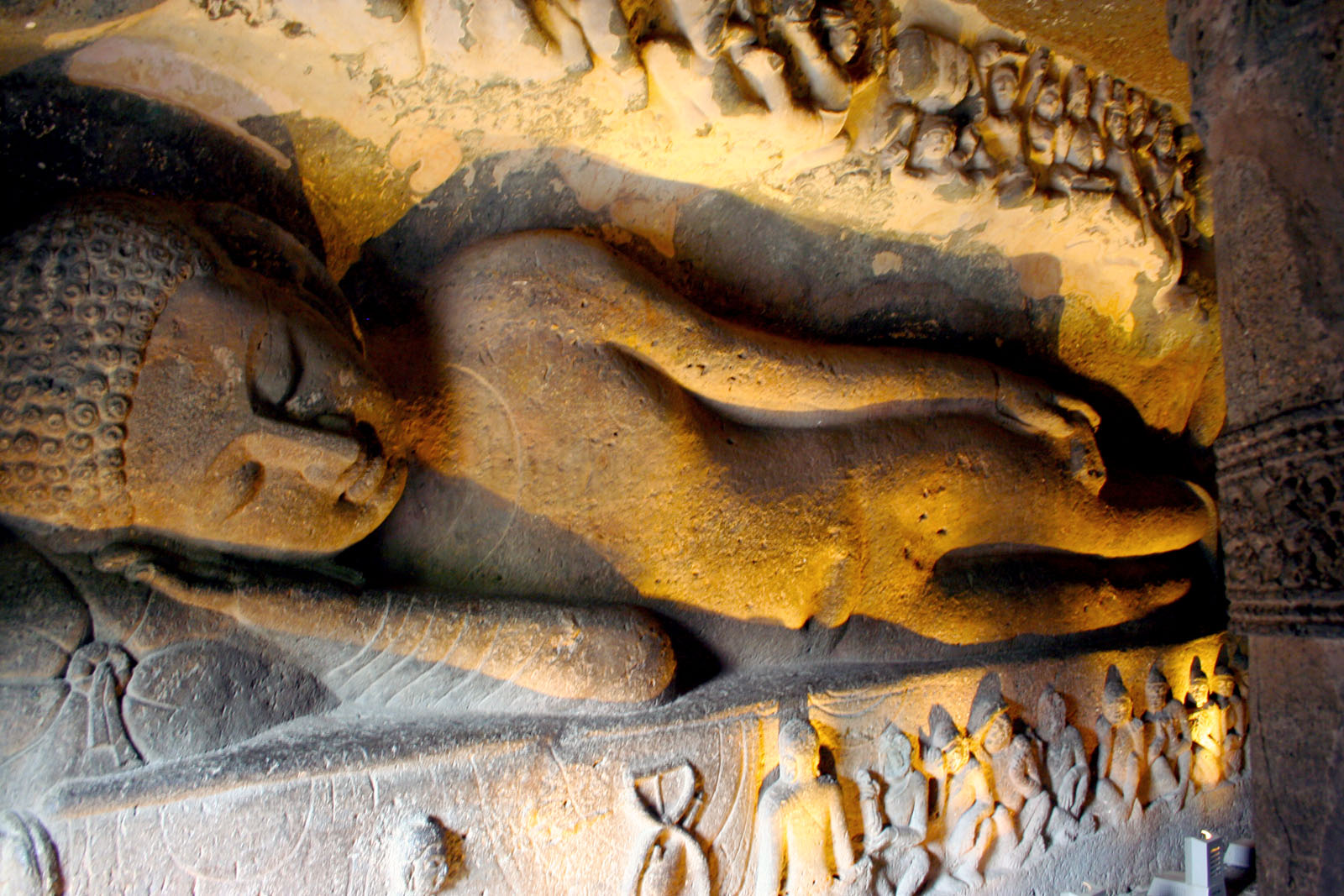
Among the 30 caves, including the unfinished ones, five of them (caves 9, 10, 19, 26 and 29) were used as chaitya grihas—sanctuaries or prayer halls with a Stupa at one end of the chamber, while the rest became viharas—monasteries that functioned as halls of both prayer and residence.
According to the UNESCO website, the chaitya grihas had “vaulted ceilings and apsidal ends,” with a horseshoe-shaped window called a chaitya window. Right in the middle of the apse, there is the object of worship called the chaitya or stupa, which was carved out of the rock.
These caves are connected with the river below by stone staircases, allowing monks access to the flowing water.
The caves would be used by monks to learn, meditate and reside as they followed their path to enlightenment and Nirvana. It is said that the monks lived in the caves during monsoon seasons, during which travel in the rains was forbidden.
The World History Encyclopedia website has uploaded a brief article summarizing all of the caves and what could be found within each.
History of the Ajanta caves
The caves were excavated separately over the years in two different phases, spanning the Satavahana and Gupta eras in India.
The first phase is said to have taken place during the Satavahana dynasty, from the second to the first century B.C.. Here, six of the caves (caves 9, 10, 12, 13 and 15) were excavated first by followers of Hinayana Buddhism, where Buddha was once referred to in the form of a Stupa in a chaitya griha, as seen in caves 9 and 10.
The second phase took place during the Vakataka dynasty, during the fifth century A.D., carried out by followers of Mahayana Buddhism. Unlike the followers of Hinayana Buddhism, the Mahayana Buddhists worship Buddha in the form of an idol.
While the earlier caves were reused, more caves were excavated with newer architectural feats and murals embellishing the walls.
Although incomplete, the unfinished caves (caves 5, 24 and 29) can give us a good idea about how construction was carried out.
By the sixth century A.D., the caves are believed to have been abandoned with the fall of the Vakataka dynasty.
In 1819, Captain John Smith, a British cavalry officer, was leading a hunting party when he stumbled upon the lost temples of the Ajanta caves. As news of the discovery spread, the site became an attraction for world travelers and adventurers who would brave the dense jungles to seek out the caves.
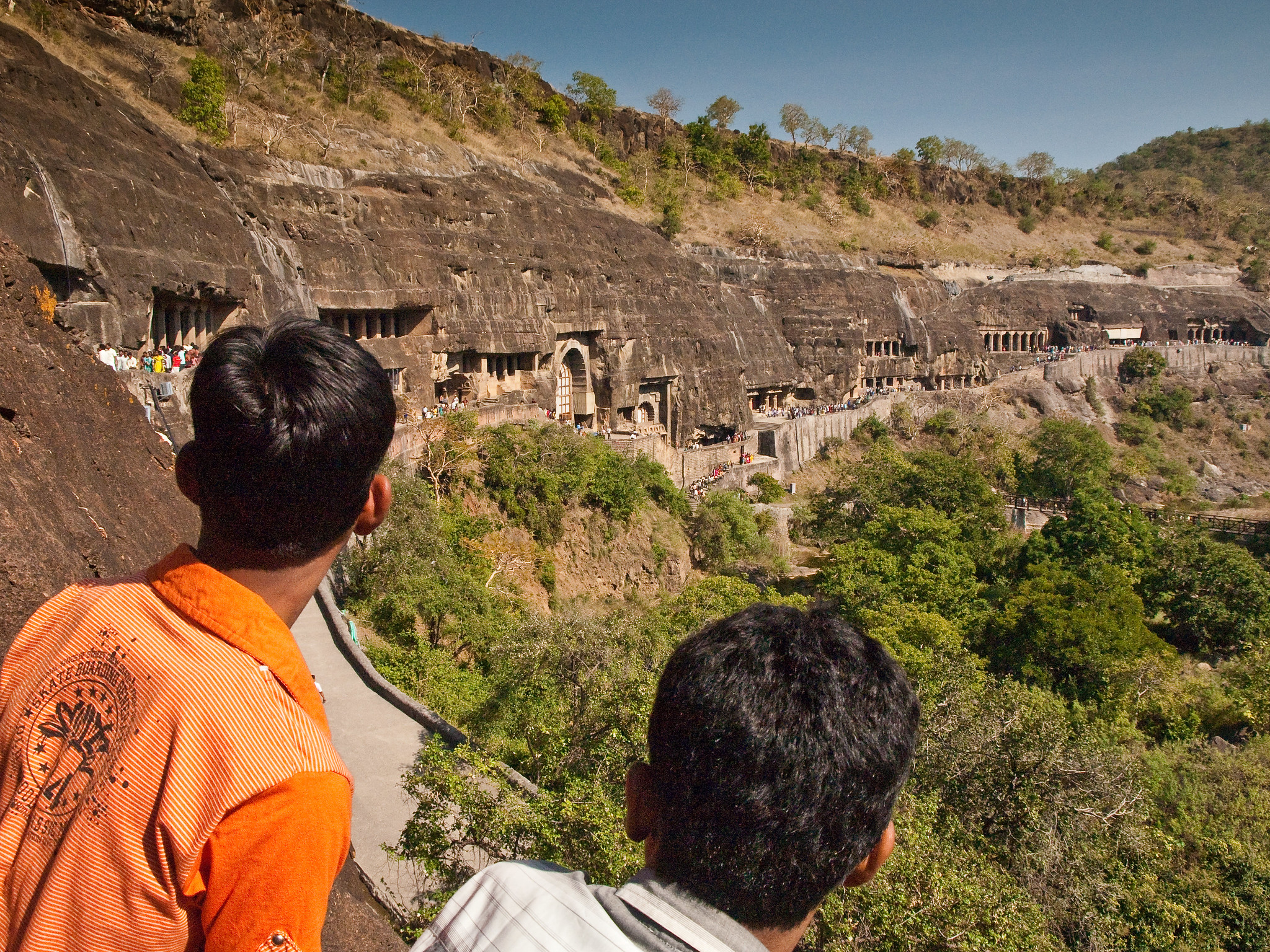
Today, tourists can be driven to the site, where they are greeted by market stalls before they enter and witness the monasteries in all their glory. In 1983, the caves of Ajanta became a UNESCO World Heritage Site, bringing even more visitors to see them.
READ MORE:
- Wieliczka’s Prestigious Underground Salt Mine
- The Tibetan Singing Bowl: A Spiritual Tradition Nearly Lost
- The Daoist Faith – A Dying Tradition
The caves of Ajanta are among the few known vestiges of ancient civilization, filled with cultural, religious and artistic artifacts that help to paint a picture of a time when people would devote their lives to searching for the path to righteousness.
As modern tourists make their pilgrimages and bear witness to the enduring images of Buddhist architecture and art, perhaps they, too, will discover a path to enlightenment within the Buddha School.



